Since his first day on the job more than two years ago, Army Chief of Staff Gen. James McConville’s top priority has not wavered.
“The No. 1 priority is still people,” he said.
His priority has remained as the Army has weathered two trying and busy years:
- Soldiers dealt with COVID-19 while supporting efforts to kill the virus and administer vaccines.
- Thousands deployed in August to support the massive evacuation mission and withdrawal in Afghanistan, while others continue to deploy and serve in 140 countries around the world.
- Soldiers responded to wildfires, hurricanes and earthquakes.
- They provided security at the U.S. Capitol and supported law enforcement in cities facing civil unrest.
- At the same time, the Army is pushing forward with its largest modernization effort in 40 years and working to recruit and retain much-needed talent to prepare for an increasingly competitive and uncertain world.
“We have a tremendous amount of things going on,” McConville said. “We’re doing more than chewing gum and walking.”
His focus on people has not changed because he sees this as the Army’s success. “It’s people that are helping us work through these incredible challenges that we’ve had over the last year,” he said.
Right Fit
Smart, talented and capable people will propel the Army as it moves into the future and faces ever-evolving threats. That’s why “we’re moving out aggressively on our people programs,” McConville said. “We’re putting in place and continue to put in place systems that get us the right people in the right job at the right time.”
One example is the command assessment program, a key initiative that’s “performing very, very well,” McConville said. What started as a program to evaluate potential battalion commanders has expanded to include potential brigade commanders, command sergeants major and first sergeants.
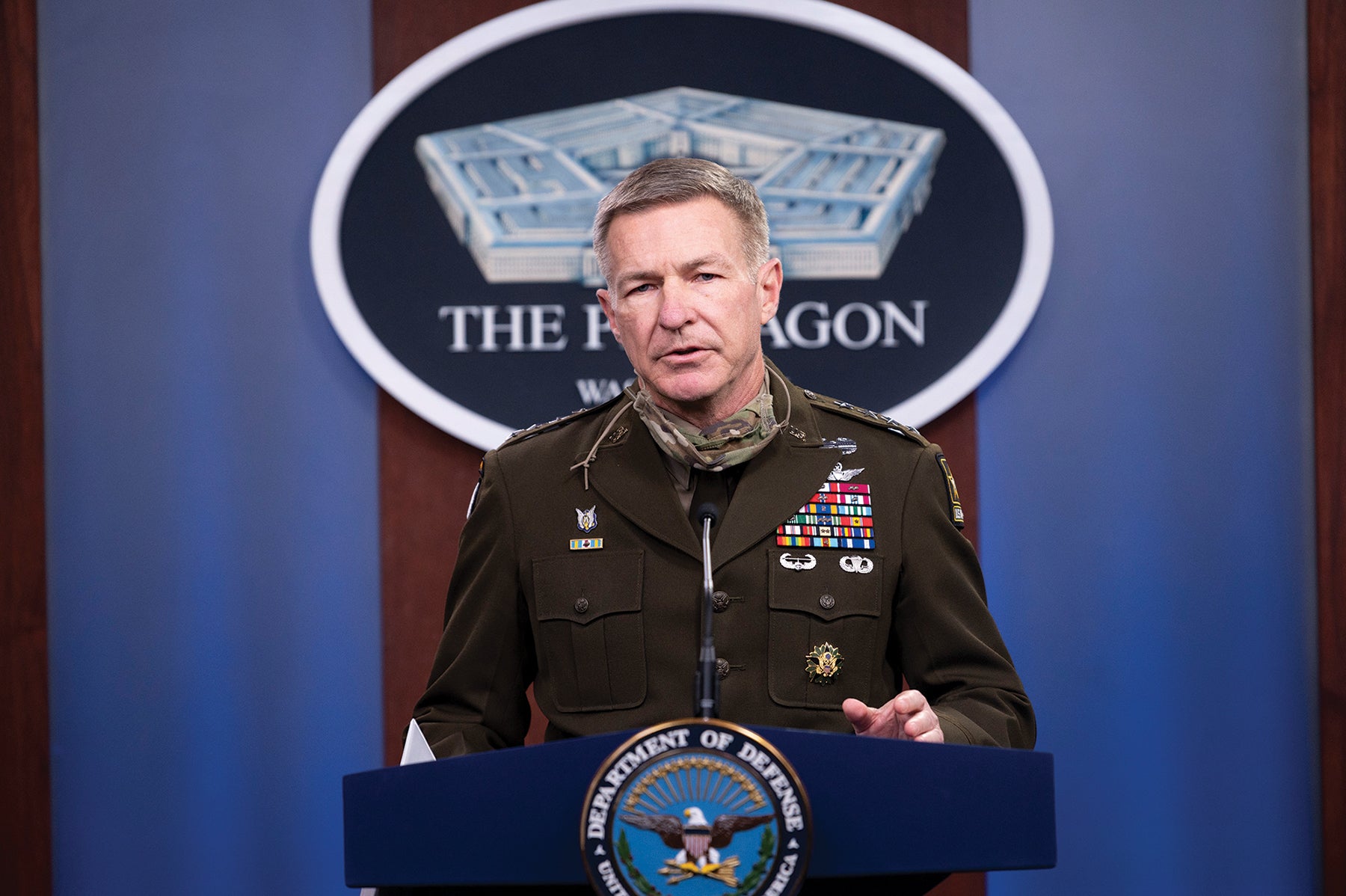
“Getting the right leaders in the right place at the right time is absolutely critical with the type of challenges that we’re seeing every single year,” McConville said.
Another important advancement is the Integrated Personnel and Pay System-Army, which will put all 1.1 million soldiers from all three components into the same human resources system. Already implemented in the Army National Guard, the program is expected to come online for the Regular Army and the U.S. Army Reserve beginning in December.
In addition to managing soldiers’ pay, the program will hold soldiers’ personnel information, including their talents and skills. This will give the Army a better view of the talent in its ranks beyond rank and MOS. “That’s going to allow us to better manage our people,” McConville said.
He used as an example an E-4 medic who volunteered for the Army’s new Software Factory in Austin, Texas, which teaches soldiers how to code. “Talking to the leadership down there, he’s one of the best coders that we have in the Army right now,” McConville said.
The soldier’s hidden skill reinforced for McConville the importance of modernizing the Army’s personnel management system. “In our system, he was an E-4 medic, but actually, he’s a master coder, so that’s what he’s doing,” he said. “We’ve got him in the right place, the right job, doing what he wants to do, and we’re going to see him flourish in the Army.”
In the future, “we want to be able to look across a million people and say, ‘Hey, who has these types of knowledge, skills, behavior and preferences?’ And the system will quickly identify those things,” McConville added.
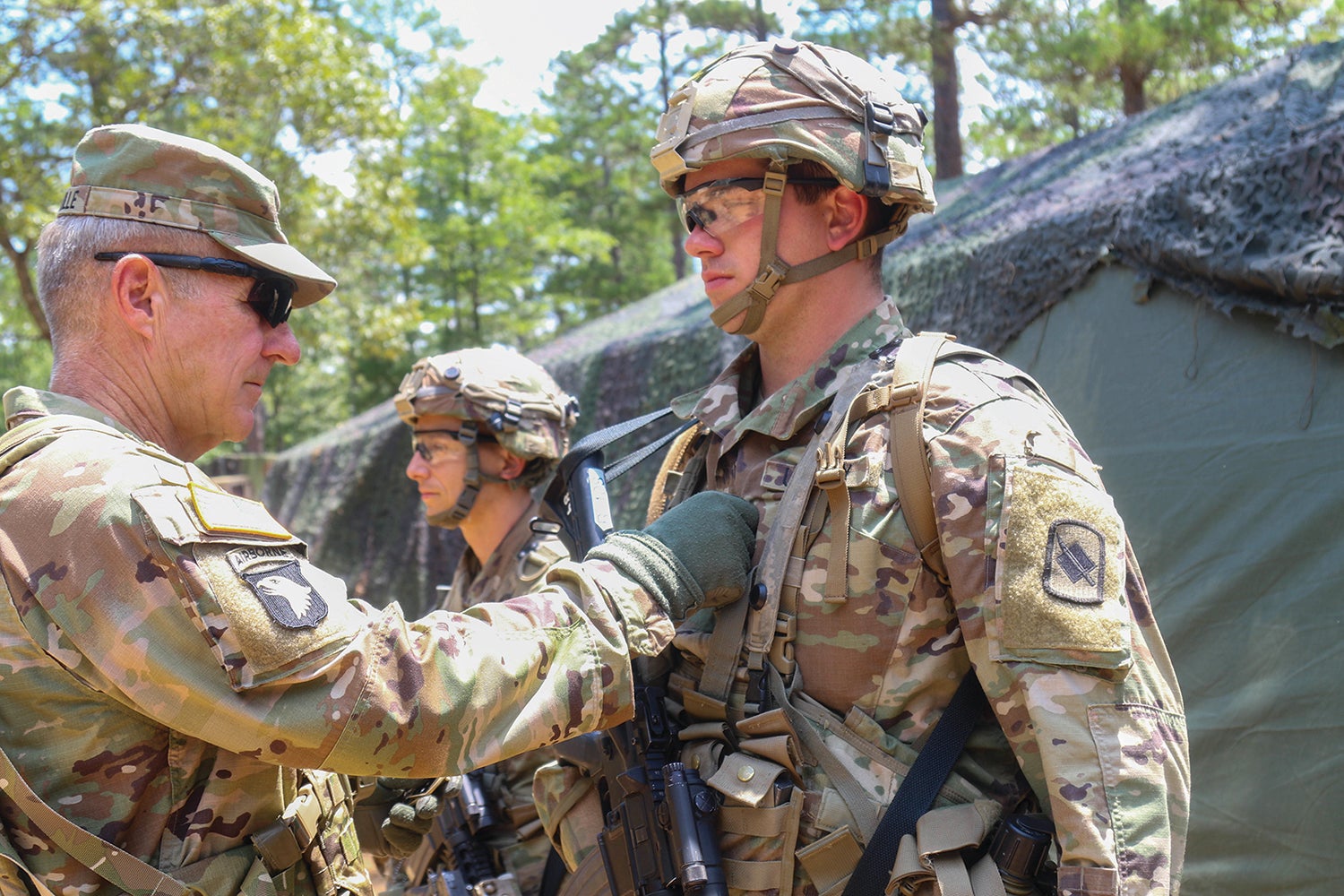
War for Talent
This shift marks a cultural change across the force. Soldiers no longer should be treated as interchangeable parts, McConville said. Instead, the focus on an individual’s knowledge, skills and preferences will help the Army build and sustain the force.
“We’re in a war for talent,” he said. “We have to compete for young men and women, and we have to compete for their talents, and we have to compete for them to stay in the Army.”
Another component to the Army’s focus on people is its effort to eliminate issues such as suicide, sexual assault and harassment, racism and discrimination. Much of that effort hinges on the Army’s ability to build cohesive teams that are highly trained, disciplined and fit; teams that can fight and win, McConville said.
“We want an organization where everyone treats everyone with dignity and respect, where they take care of each other and where everyone is a valued member of the team,” he said, and that extends from leaders to soldiers to buddies to family members and friends. “When you have a system like this, you build a cohesive team … making sure that everyone has someone that is looking out for them,” he said.
Time to Modernize
Modernization is another major effort by the Army. “We’re in the process of transforming the Army,” McConville said. “This is not a one-year process,” he said, adding that the effort involves more than just new equipment or gear. It also includes how the Army is organized and how it will fight in the future.
This major transformation happens only about once every 40 years, McConville said. “I, quite frankly, believe we have to so we’re ready for the future,” he said. “We’re not trying to fight the last fight better. We want to be able to win the next fight, and we’re trying to make sure that we remain the world’s strongest Army, and that’s what we intend to do.”
He pointed to the Army’s transformation in the 1980s. “We changed our doctrine to AirLand Battle. We developed some new organizations like the Ranger battalions,” he said. “That is when we built the combat training centers that are the gold standard of training.”
The Army also brought on line the Big Five—the Abrams tank, the Bradley Fighting Vehicle, the UH-60 Black Hawk and AH-64 Apache helicopters, and the Patriot system, all of which the Army still uses, McConville said.
Today, the Army is developing the Multi-Domain Operations concept, which it is turning into doctrine, and developing several leap-ahead capabilities including Future Vertical Lift, hypersonic weapons, new combat vehicles, and rifles to replace the M4 and M249 squad automatic weapon.
The Army also is standing up new organizations such as security force assistance brigades and multidomain task forces, and it is developing a more robust synthetic training environment.
“We still have to train in the dirt, but we are taking advantage of synthetic training environments that allow us to use technology to train in ways that we haven’t seen before,” McConville said.
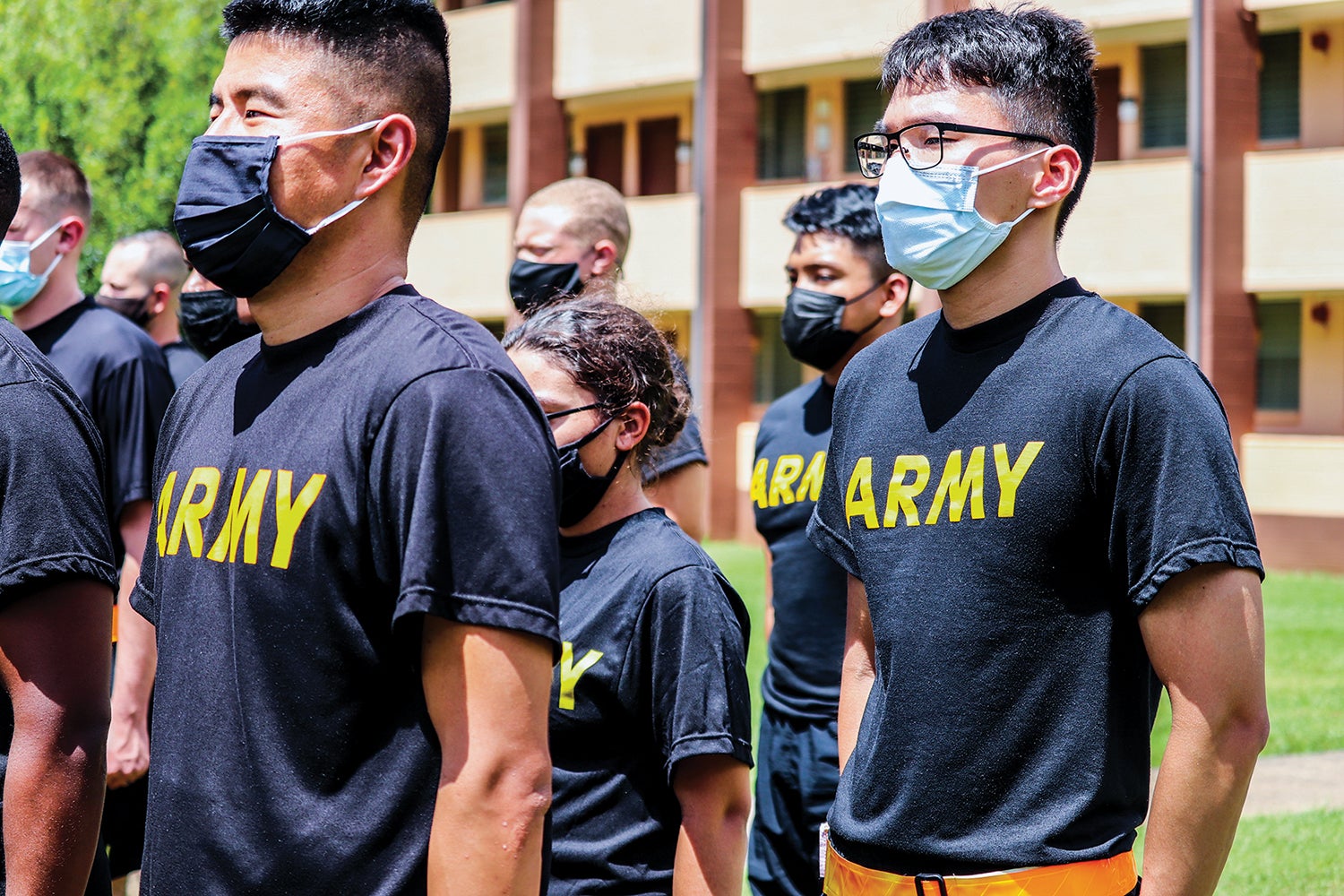
Maintaining Overmatch
The Army’s Project Convergence exercises are test beds for many of the new, emerging technologies. The first iteration of the exercises took place last fall, and Project Convergence 21, scheduled for later this year, will include the other services. In 2022, the effort will incorporate some of the U.S. military’s closest allies, including the British and Australian armies.
“We will be contested in every domain in the future, not only on the land, but sea, air, space and cyber,” McConville said. “We’re going to have to completely think our way through how are we going to operate in that environment? We’ve got to work very, very closely with the other services and our allies and partners.”
The Army remains committed to its six modernization priorities—long-range precision fires, Next-Generation Combat Vehicle, Future Vertical Lift, the network, air and missile defense, and soldier lethality.
“The fact that we’ve had three [Army] secretaries in a row that agree with the priorities allows us to maintain the momentum, and the fact that we’ve focused our resources on those areas is allowing us to get after that,” McConville said. The Army also has been “pretty consistent” with its industry partners throughout this process, which is “helpful,” he said.
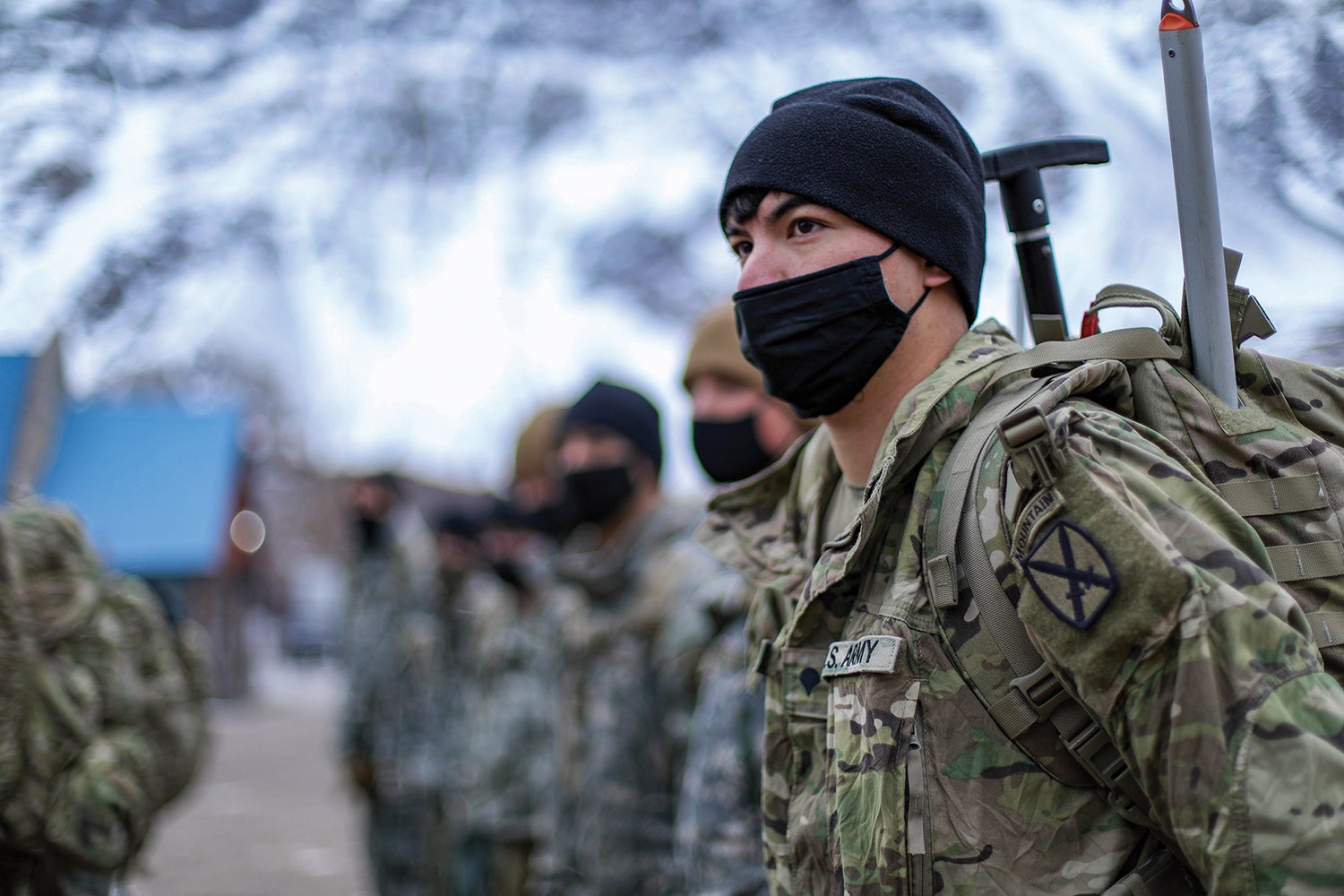
‘Not Done Yet’
“But again, we’ve got a lot of work to do, and we’re not done yet,” he said, adding that he’s pleased with the systems the Army has been developing. “What’s different is the speed of the systems that we’re getting,” he said. “It’s the range of the systems that we’re getting, and it’s the ability to converge these systems together that gives us decision dominance and, quite frankly, gives us the overmatch that we believe we need in the future battlefield.”
The Army is at a critical place, McConville said. “I’ve talked about an inflection point going on in the United States Army.”
For the past 20 years, the Army has focused on irregular warfare and counterinsurgency operations, particularly in Iraq and Afghanistan, he said. The U.S. now has withdrawn from Afghanistan and maintains a relatively small footprint in Iraq, but “that doesn’t mean we’re walking away from those. There are still going to be violent extremist groups out there that we’re going to have to deal with,” McConville said.
But the Army exists in a period of strategic competition—previously described as great-power competition—particularly from rivals such as China and Russia.
“Part of our job is to have ready troops that can respond to any type of contingency, and our troops continue to do that around the world,” McConville said.
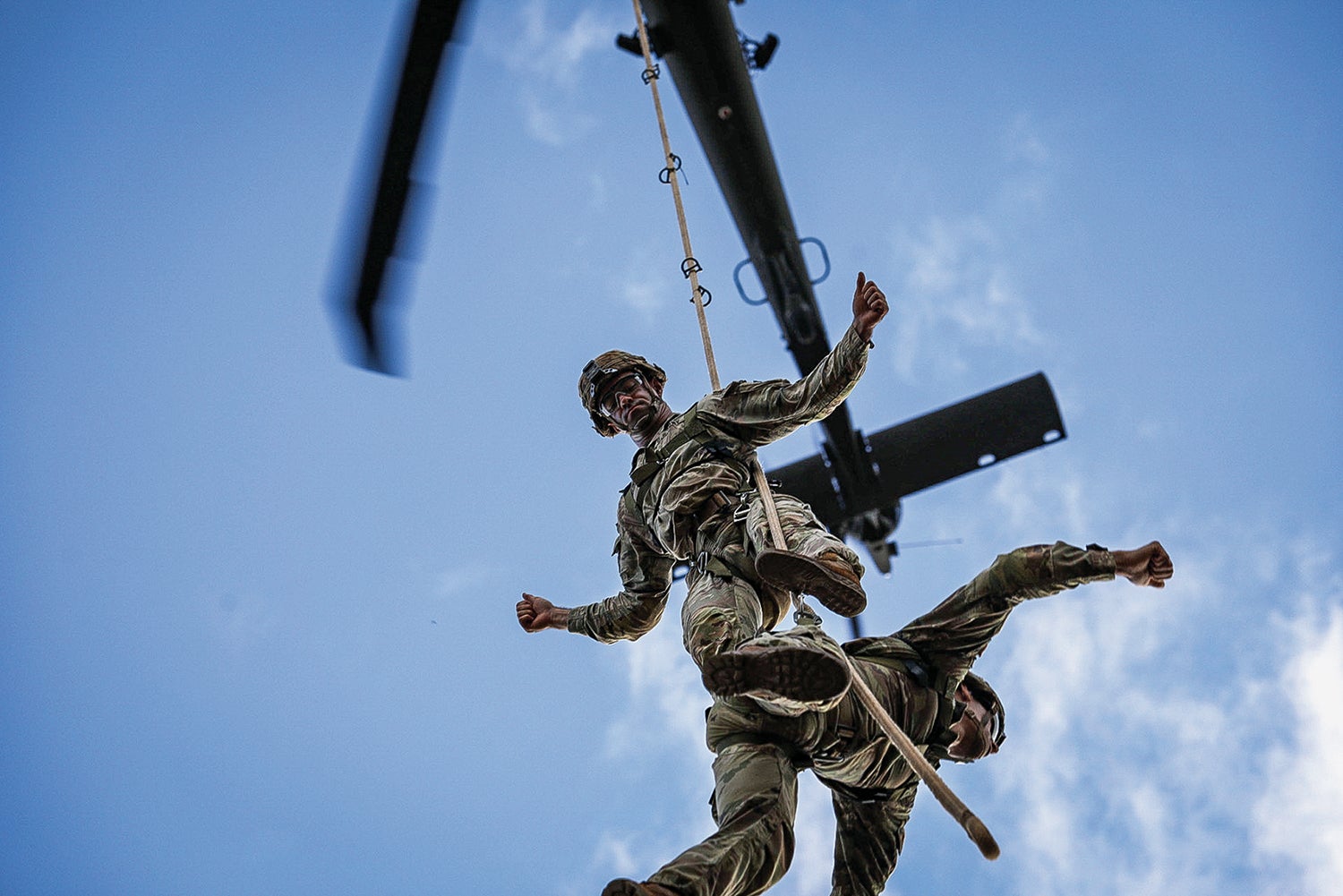
Resilient Force
McConville said he’s proud of how the Army—soldiers, families, Army civilians, veterans and retirees—has performed and persevered through some tough seasons.
This includes COVID-19, which continues to affect how the Army operates. With COVID, “everything is hard; everything takes time,” McConville said. “COVID is still here. It’s very, very challenging, but I think our troops have done a good job of overcoming that.”
There has been “tremendous demand” on soldiers and units, and leaders are looking for ways to reduce the operational tempo and give soldiers and commanders more predictability, McConville said.
That’s where the new Regionally Aligned Readiness and Modernization Model comes in. “It allows us to predict when we’re going to modernize units, because we have a whole bunch of new equipment coming in,” he said. The model also will allow the Army to map out when a unit will train, when it might deploy and when it might have a rest period, he said.
As he looks ahead to the coming year, McConville said he believes the Army will continue to meet any challenge. “We’ve got the best people in the world, and our job is to keep them and make sure that they are ready,” he said.

